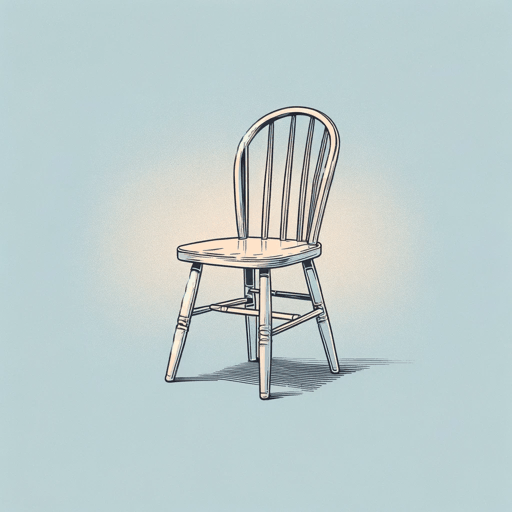18 pages • 36 minutes read
Langston HughesI, Too
Fiction | Poem | Adult | Published in 1926A modern alternative to SparkNotes and CliffsNotes, SuperSummary offers high-quality Study Guides with detailed chapter summaries and analysis of major themes, characters, and more.
Background
The Harlem Renaissance and the Black Experience in America
The Harlem Renaissance was a cultural and artistic movement centered in Harlem, New York, during the 1910s and 1920s. The movement gave birth to artists like Countee Cullen, Claude McKay, Zora Neale Hurston, and Langston Hughes. It also included innovations like the expansion of jazz music, which eventually took the country by storm and became the most popular music genre for decades.
The Harlem Renaissance was the natural progression of Black cultural thought and expression building up for 60 years since the Civil War. The Black community found itself at a number of crossroads as more Black people left the oppressive South and as the country modernized, especially leading up to and after the First World War. Some of these crossroads included the role Black people saw for themselves in American culture, how best to fight for and secure civil rights, relationships with the white community, and how to view America’s present, its past, and its future.
Related Titles
By Langston Hughes

Children’s Rhymes
Langston Hughes

Cora Unashamed
Langston Hughes

Dreams
Langston Hughes
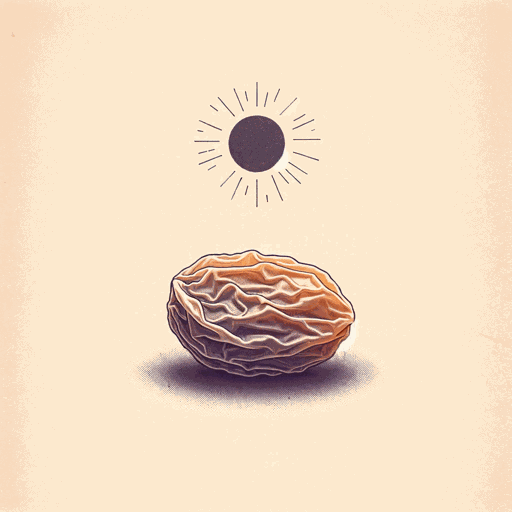
Harlem
Langston Hughes
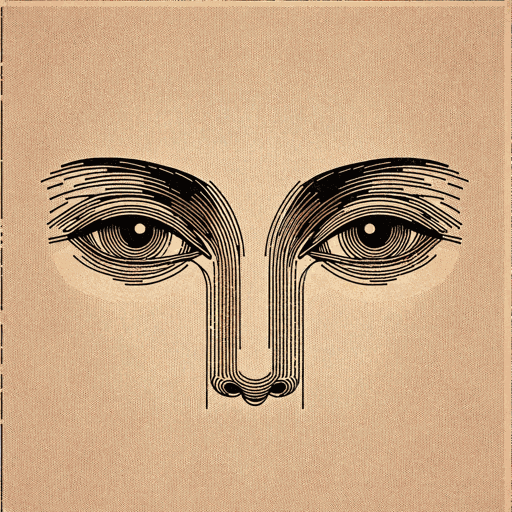
I look at the world
Langston Hughes

Let America Be America Again
Langston Hughes

Me and the Mule
Langston Hughes

Mother to Son
Langston Hughes

Mulatto
Langston Hughes

Mule Bone: A Comedy of Negro Life
Langston Hughes, Zora Neale Hurston
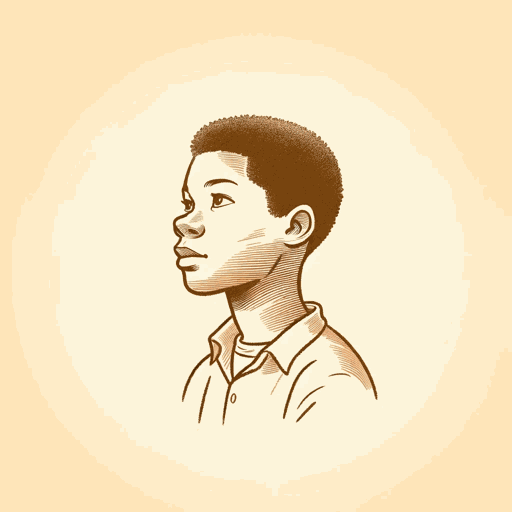
Not Without Laughter
Langston Hughes

Slave on the Block
Langston Hughes
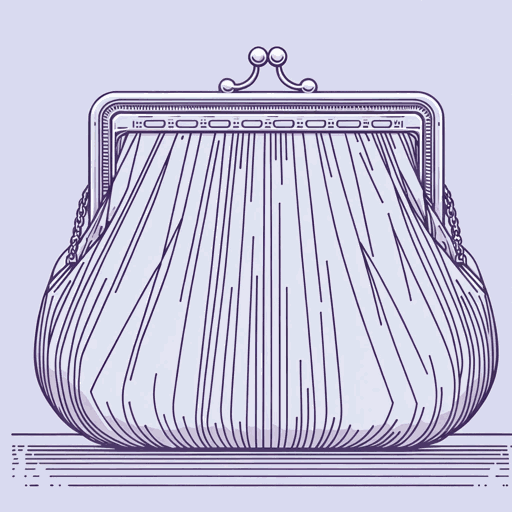
Thank You, M'am
Langston Hughes

The Big Sea
Langston Hughes

Theme for English B
Langston Hughes

The Negro Artist and the Racial Mountain
Langston Hughes

The Negro Speaks of Rivers
Langston Hughes
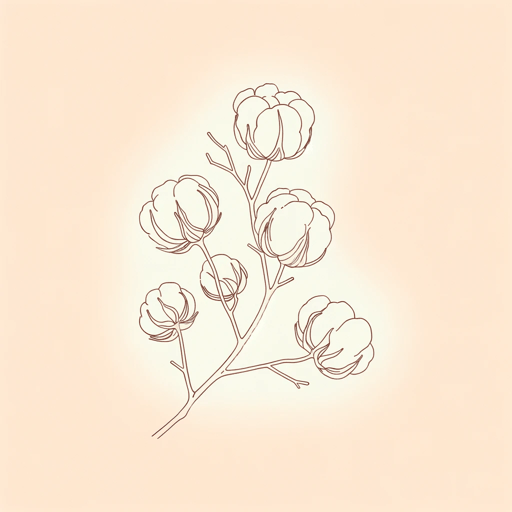
The Ways of White Folks
Langston Hughes

The Weary Blues
Langston Hughes

Tired
Langston Hughes
